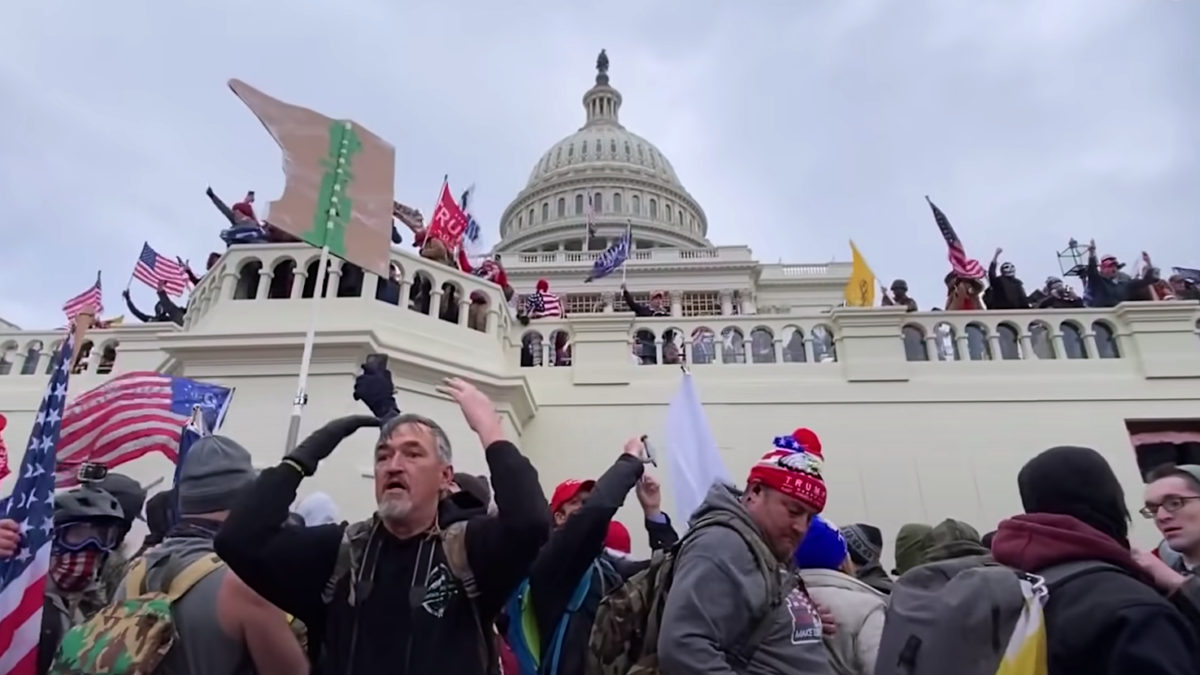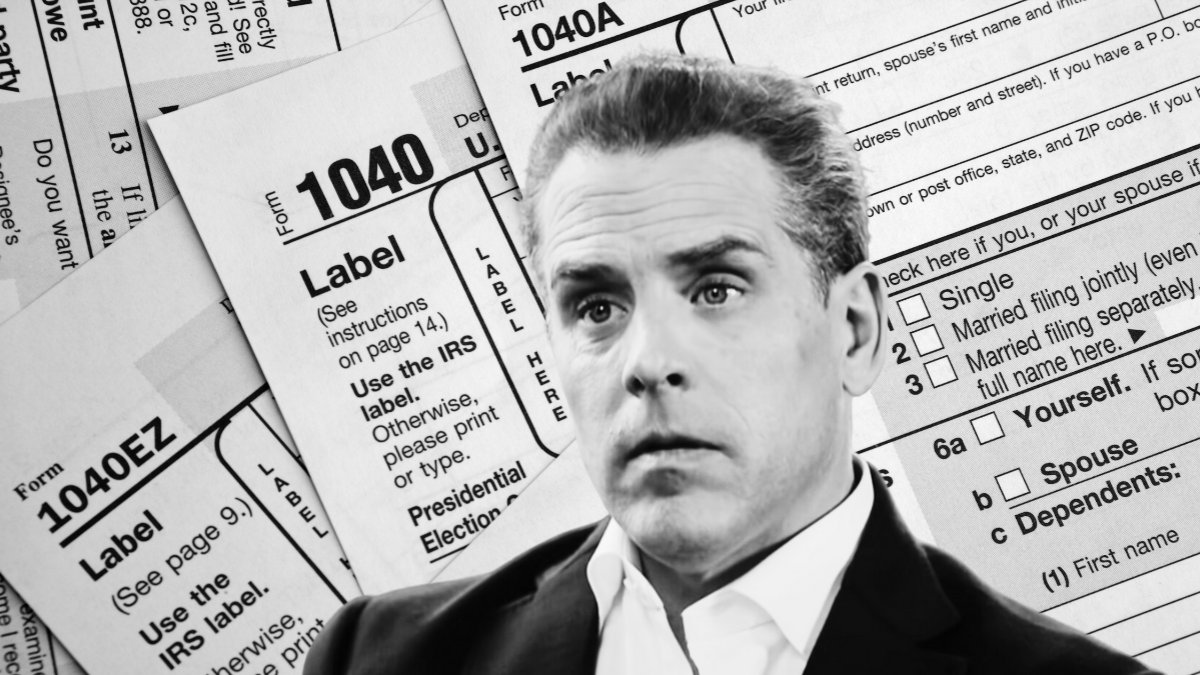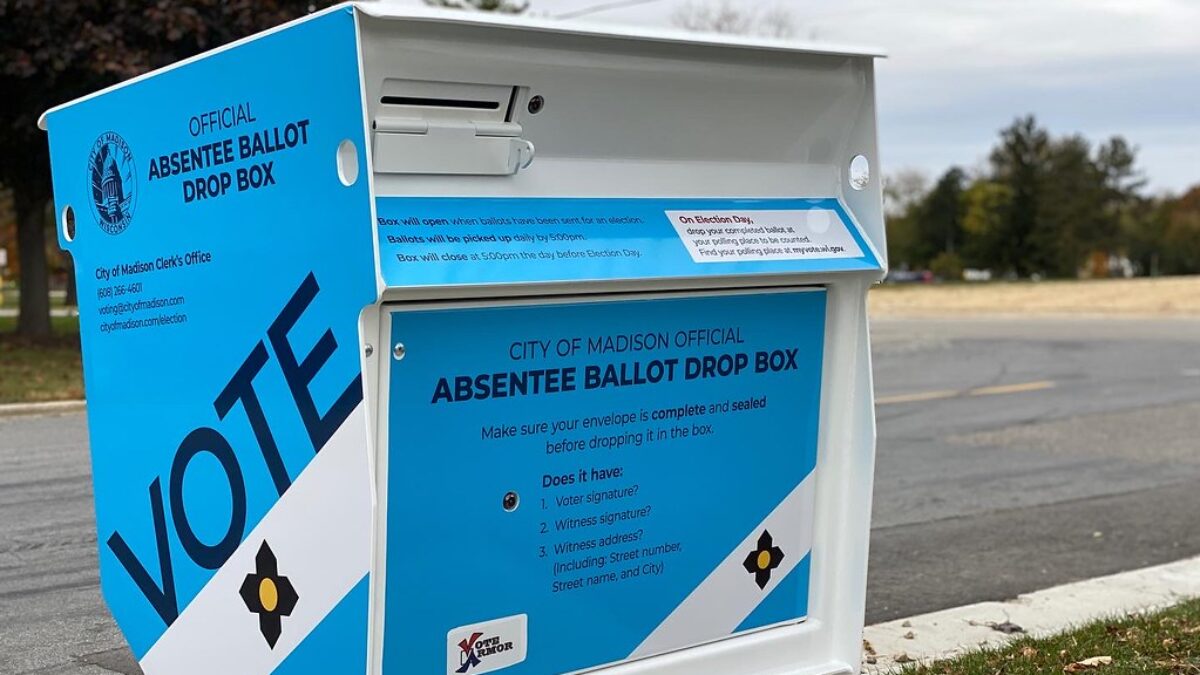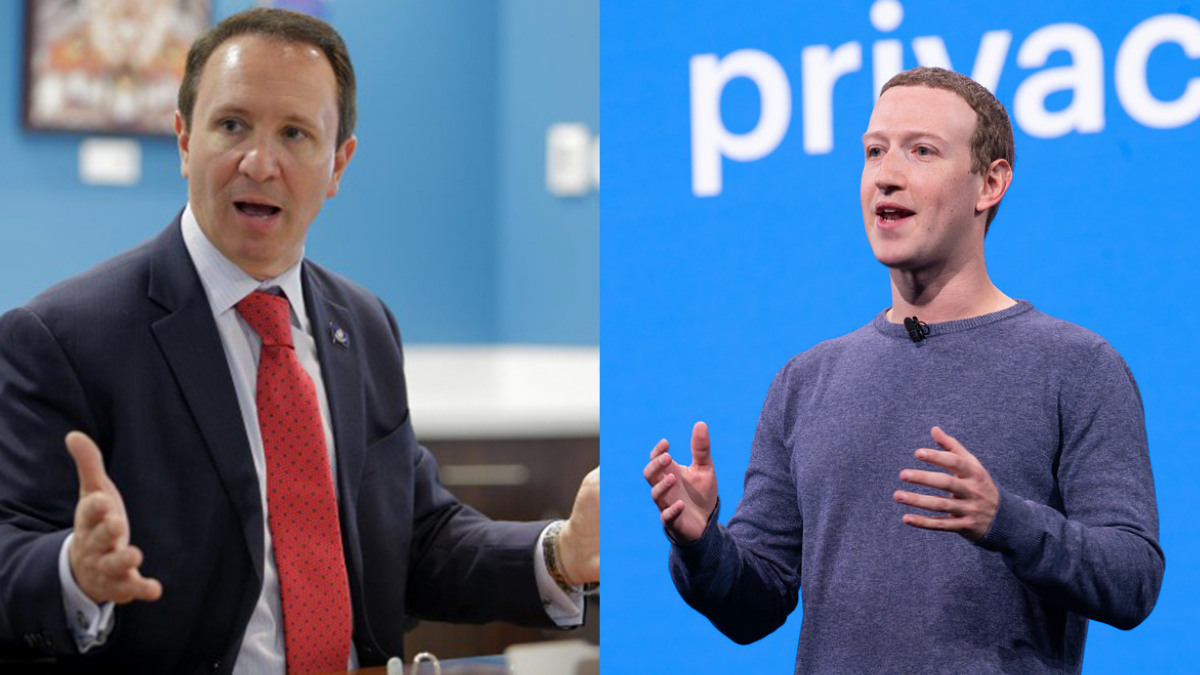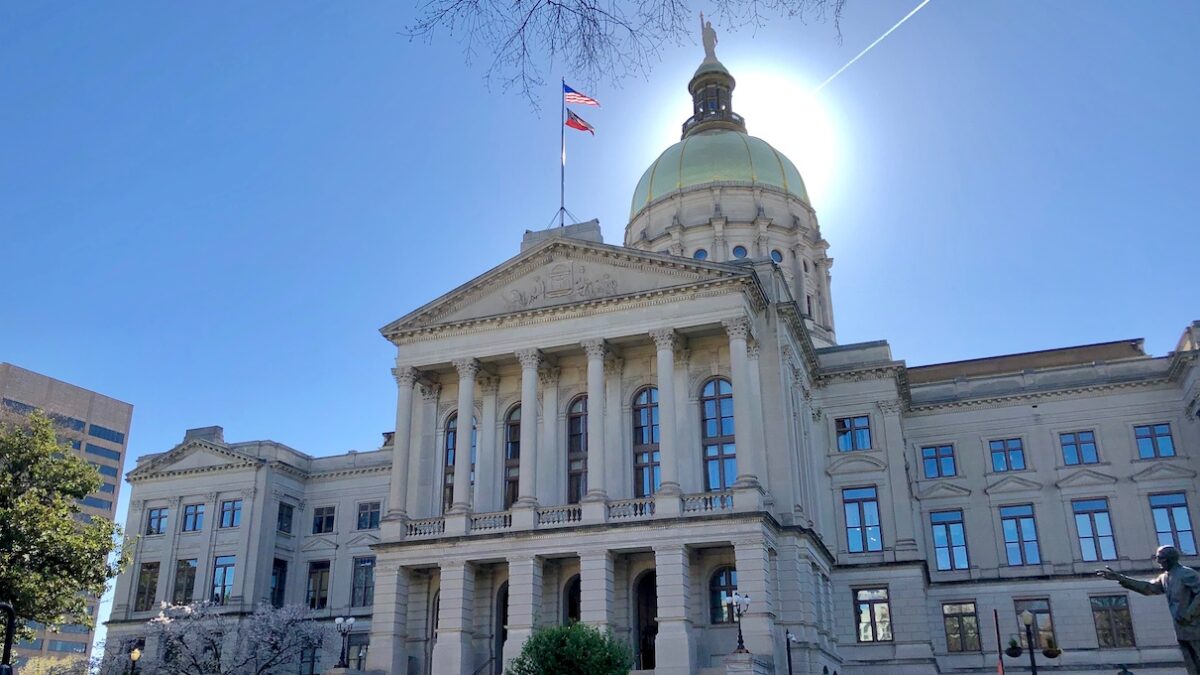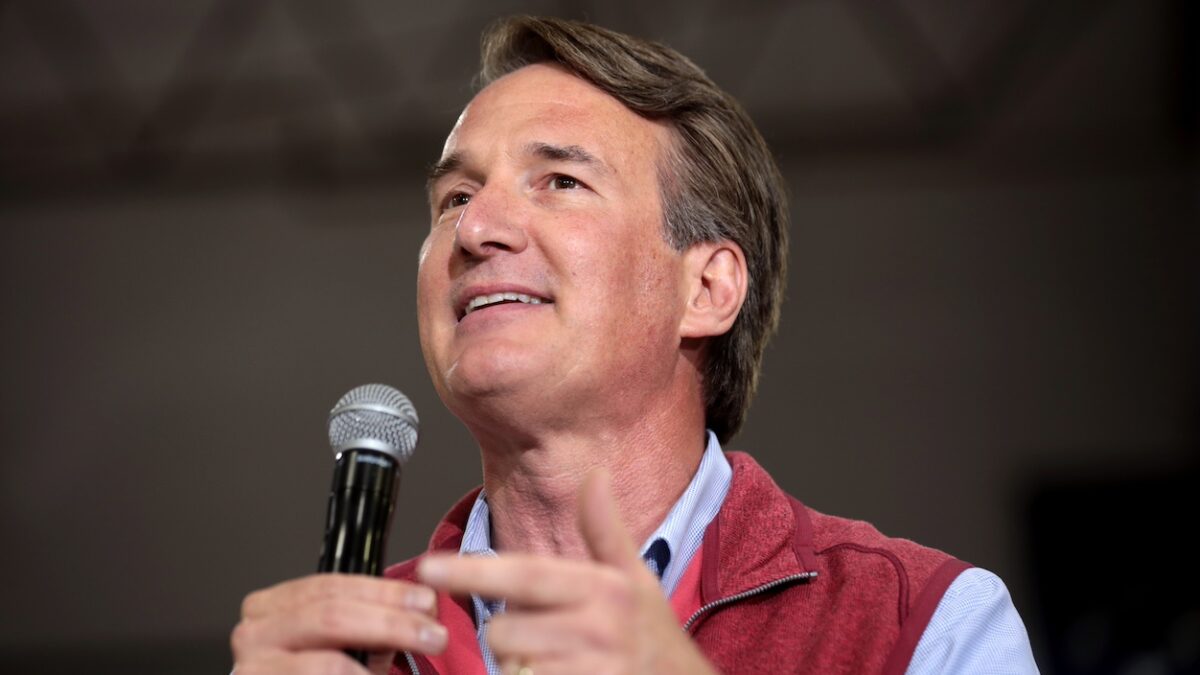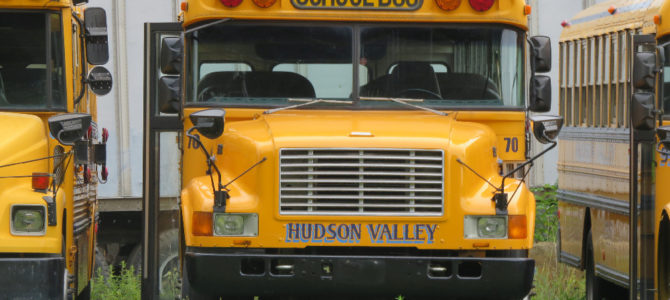
Everything old is new again in the Democratic primaries. Candidates who are willing to dredge up the constantly refuted ideas of socialism prove they have been inoculated against the knowledge of history. It should not surprise us, then, that Kamala Harris’s attempt to smear Joe Biden on the subject of desegregation busing should reopen that debate.
If, as has been the case on other issues, this results in a race to the far left, the result will not be good for Democrats. Harris and the rest are about to learn what the American people think about forced busing.
Public school busing was one of the methods to which politicians and judges resorted in the 1970s and 1980s to continue the desegregation in schools that had, for much of the country, began in 1954 with Brown v. Board of Education. While the high court’s decree ended segregation by law, many education activists noted—accurately—that because neighborhoods were still racially divided by custom, public schools often were not completely integrated in the years following the decision. This was not done by government force, as segregation had been, but by geography.
They saw integration, not just desegregation, as essential, and because many of the geographical divides had their roots in laws and regulations like the “redlining” pioneered by the Franklin Roosevelt administration, reformers wanted to go beyond just allowing kids to go to the nearest school regardless of race. They began to propose redrawing lines to take kids out of their neighborhoods and into schools farther away in order to achieve a racial balance that looked better to these central planners.
Different Ways to Pursue a Noble Goal
There were different ways of achieving the result, and each variation garnered its own reaction from the parents whose children were involved. Among the more popular approaches was voluntary busing within a school district. In that scenario, parents would have the option of applying to have their children bused to a different school somewhere in the district. The practical result was that black kids were bused to white schools, which were perceived to be better, but the reverse was never true.
In Philadelphia, close to where Joe Biden grew up, this plan was used. Philadelphia public schools had been desegregated by law since 1881, but geographical separation—and boundary lines drawn to match—led to some schools being almost all black and others almost all white.
In 1963, a court ordered the School District of Philadelphia to achieve different racial quotas in schools, and some voluntary busing began the next year. There was some resistance, but the plan went through and was gradually expanded. Another voluntary means of desegregation there was creating magnet schools, which drew from the entire city according to academic qualifications, creating mixed-population schools where there were once none.
Elsewhere in the country, more aggressive measures were used. In Boston, a 1974 court ruling demanded that any school whose student body was more than half white had to be better “balanced.” There, a judge decreed that students would be bused around the city whether their parents wished it or not. As David Frum described in his book, “How We Got Here: The 70s,” two high schools were required to swap junior classes and parts of their sophomore classes, uprooting hundreds of kids against their parents’ will.
The protests verged on riots and attendance plummeted at both school amid threats of violence. Some of those who took to the streets were without a doubt motivated by racism, but others simply wanted their kids to go to school in their own neighborhoods. The next year, the judge doubled down on his order by forcing even first-graders to endure long bus rides to unfamiliar neighborhoods, whether their parents wished it or not.
Biden opposed this sort of busing, which was then being imposed on Wilmington, Delaware, but he nonetheless supported the holding of Brown. Harris tries to paint him as an old segregationist who opposed all racial integration, but Biden’s ruling was in touch with the majority of people in America who opposed forced busing then and now.
To stop rigidly separating students according to race, judges like the one in Boston were mixing them in exact portions according to race. Biden’s view on busing would likely comport with that of Chief Justice John Roberts who, in a 2007 desegregation case, wrote that “the way to stop discrimination on the basis of race is to stop discriminating on the basis of race.”
Radical Alternatives
Besides voluntary and forced busing within a school district, a third, more radical form of forced busing was attempted in the 1970s: busing students from one school district to another. The justification for this by the judges who imposed it was that as white people moved to the suburbs, they recreated the de facto segregation that once existed in the city. The solution, according to some judges, was to unilaterally merge the efforts of various school districts and ship kids on still longer bus rides across several counties.
That was the result of a desegregation case in Michigan, which the districts involved appealed to the Supreme Court in Milliken v. Bradley in 1974. The court had upheld the use of busing within a district as a remedy three years earlier, but in Milliken they ruled that the lower court had gone too far by roping in districts that had nothing to do with the problem.
They held that whatever problems the de facto segregation in Detroit presented, none of it was caused by the 53 outlying school districts the district court had unilaterally pulled into the discussion. Even for the liberal Supreme Court of the 1970s, cross-district busing by judicial fiat was a bridge too far.
Is this the kind of busing Harris and others want the federal government to promote once more? We don’t know, because the politicians in question have been frustratingly vague about their plans. That is likely because they don’t have any plans and only jumped on the issue to embarrass Biden. They’ve done the easy part in pointing out that someone else is wrong. Now comes the hard part—answering the inevitable follow-up question: “How are you going to do better?”
What Do 2020 Contenders Actually Want?
How Harris and others answer that question will significantly affect the 2020 election because the policy in question will deeply affect millions of people’s lives. What people think of busing is not exactly known, for reasons that Kyle Smith of National Review explained:
Busing is such an antique notion that pollsters don’t even bother to ask about it anymore. A 1973 Gallup poll showed only 5 percent of Americans agreeing that busing was the best way to integrate schools. A 1999 Gallup poll found 82 percent opposition to busing. Black Americans saw some pluses and some minuses; a small plurality opposed it in 1999. Among white Americans, the hostility was virtually unanimous.
That hostility will grow in proportion to how much force the government uses to achieve its goals. Forced busing was very unpopular in the 1970s, and drove many working-class Democrats out of their ancestral party and into the arms of Richard Nixon and Ronald Reagan.
How much less popular would it be in the age of helicopter parenting? Parents now choose to live in places where they believe the schools will benefit their children. Turn that assumption on its head, and you will have enraged a large portion of the population.
If the decision is extended across school district, the problem compounds. People flee cities—we call it white flight but it is not an exclusively white phenomenon—for a lot of reasons, but the failure of big-city school districts is a big part of it.
Suburbanites often pay higher property taxes to fund their schools, but they agree to do so because they trust that the money will be used locally and correctly by a school board they elect. Picture that situation, and add to it the idea that a suburban parent would still pay those taxes while their child is forced to attend school in the neighborhood they just left behind. It’s a recipe for social insurrection.
Do What I Say, Not As I Do
It is also a class-based problem that the children of senators and presidents do not have to deal with. Again, quoting Frum, “many of Washington’s leading advocates of busing [in the ‘70s] sent their own children to private schools.” That remains true today, a criticism often raised by advocates of charter schools. The rich people who run the country have options and they take advantage of them. For everyone else, it’s the public school monopoly: take it or leave it.
Many parents chose to leave it, or at least to move somewhere with a better version of the monopoly. Would Harris’s plans nullify that decision? Again, she fails to explain. Instead, her vagueness and opportunism have reignited a debate that was buried with many other terrible ideas from the ‘70s. Having already seen a shift of the blue-collar vote to Trump in 2016, Harris would completely abandon another swathe of middle-class strivers by undermining their careful plans to get their children into better schools.
Harris wants to conflate Biden’s opposition to busing with racism, but the question is not so simple. Racism played a role in opposition to busing 50 years ago, and there may be some for whom prejudice plays a part today. But the real issue here is that Harris and others on the far left are once again pulling bad ideas off of the ash heap of history and fanning back into life the flames that once convulsed American society.
Ignoring all of the voluntary solutions of the past—like voluntary busing and magnet schools—and eschewing the voluntary solutions of the present—like charter schools and vouchers—they betray the students who might benefit. Instead of peaceful solutions, they offer force and more force to impose a state monopoly on all those who cannot afford to escape it. The ‘70s are over. America should learn from its mistakes and move on.


